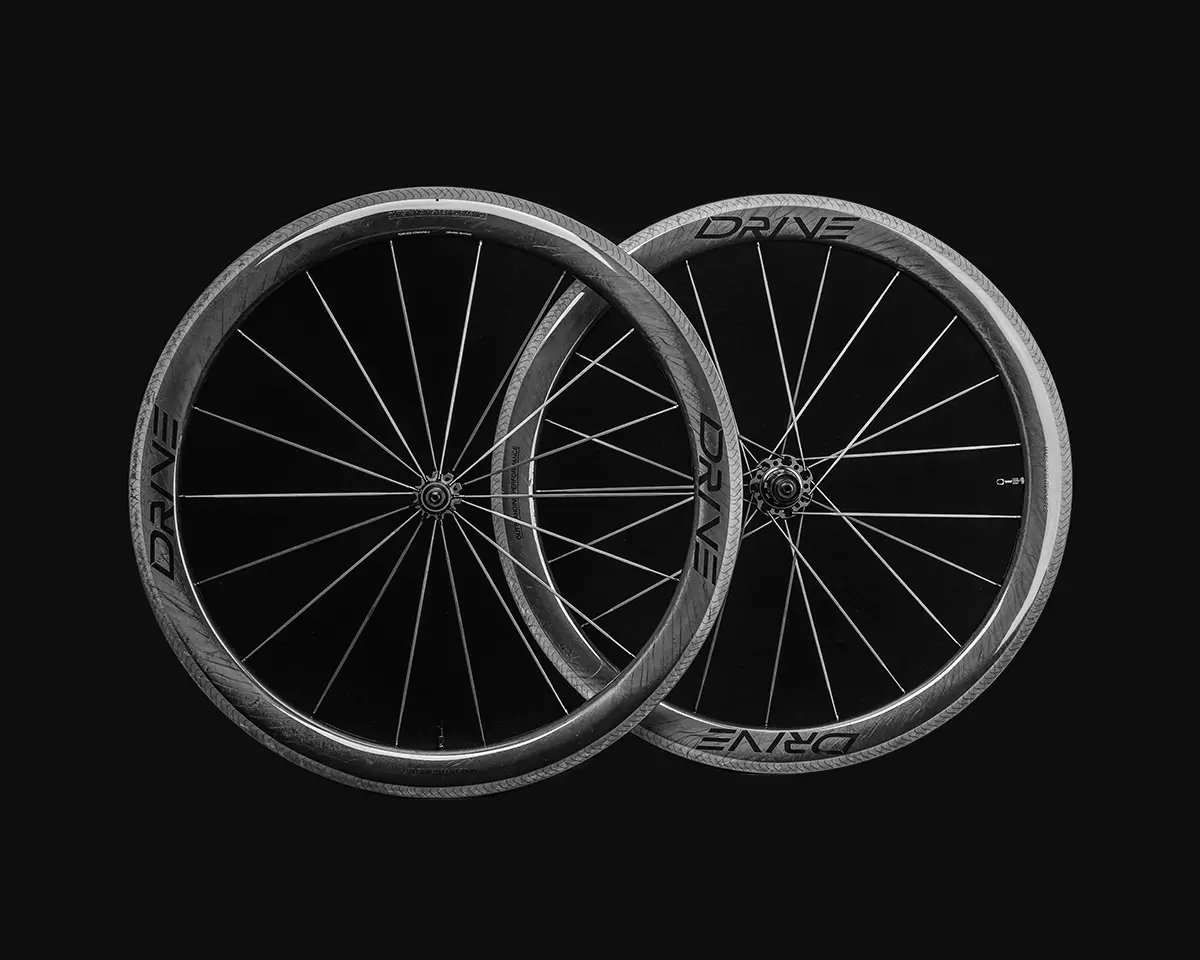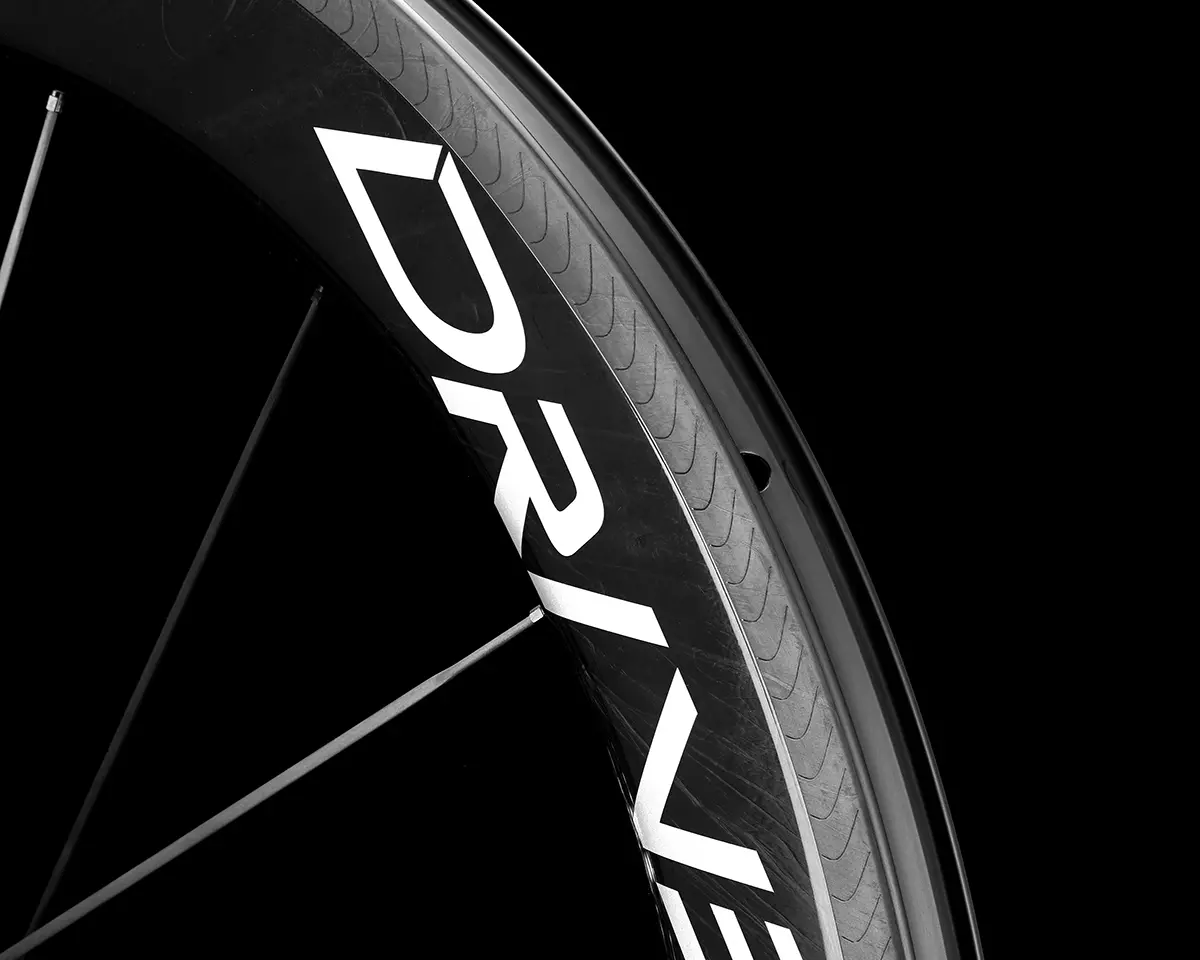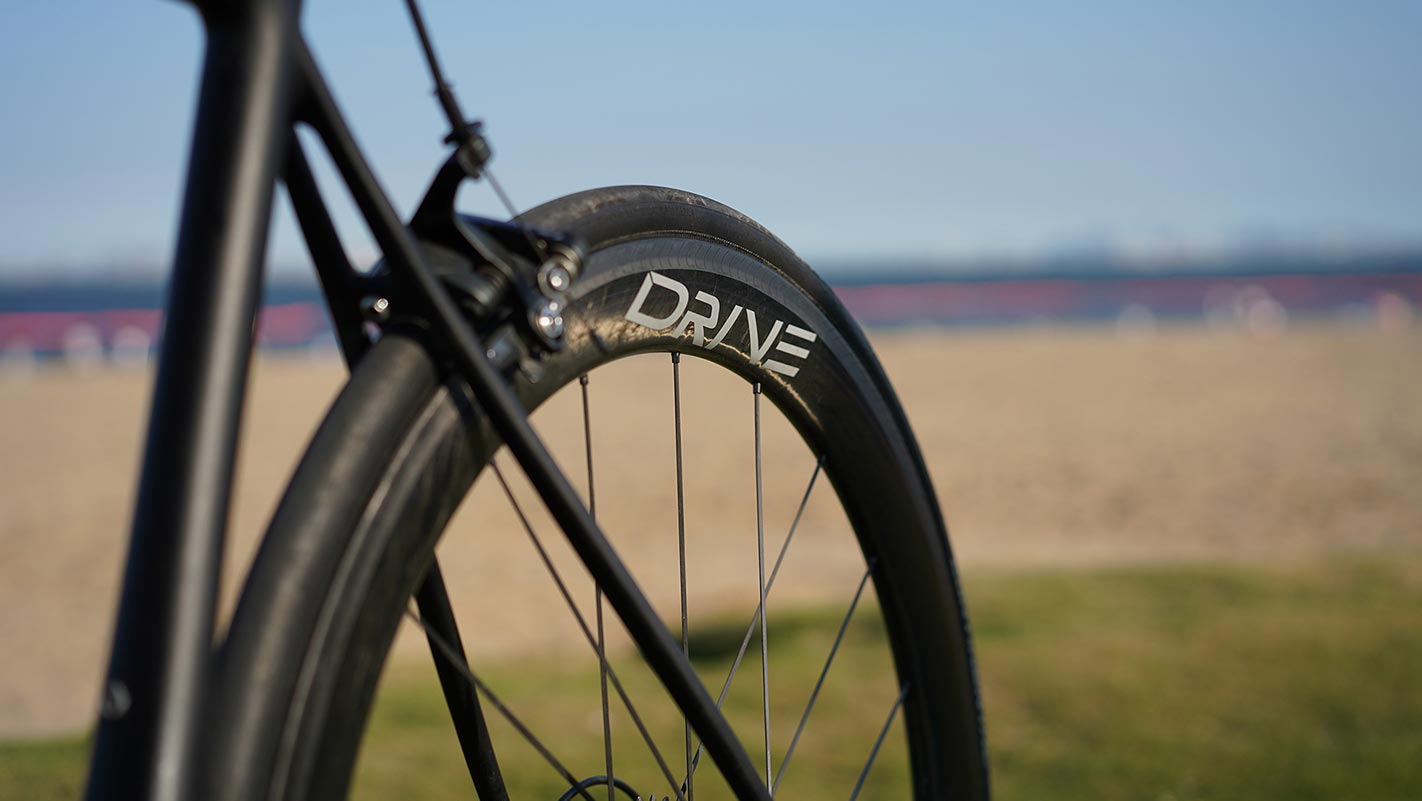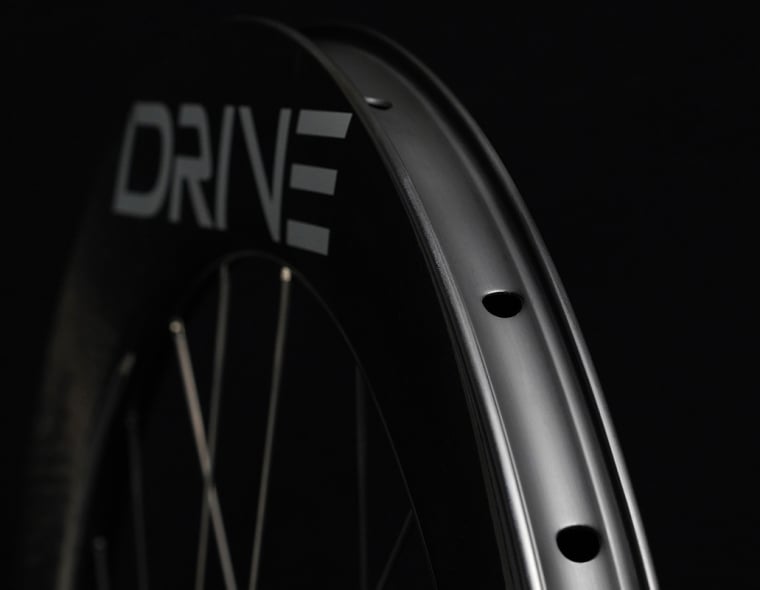A How-To Guide
Effective brakes are a fundamental safety component of any bicycle, and rim brakes, with their simplicity and reliability, remain a popular choice among cyclists. In order to ensure your rim brakes perform optimally, it’s essential to maintain and clean both the brake pads and the braking surfaces regularly. In this article, we’ll guide you through the process of keeping your rim brakes in top condition, so that your wheels and brake pads will last longer.
Elitewheels offers a large selection of rim brake road wheels. From our entry level Marvel wheelsets to our premium level Drive wheelsets, there is something for all riders. Let’s delve into how to properly maintain and clean rim brake wheels and rim brake pads.
1. Check Your Pads Regularly:
- Before every ride, inspect your brake pads for wear and contamination. Worn-out pads should be replaced promptly to maintain braking efficiency. This step is essential as unclean pads could compromise the carbon braking surface. A well maintained carbon braking surface should last tens of thousands of kilometers. If carbon brake pads are not checked often, contaminants could cause permanent damage to the rim.
- Look for any foreign substances like oil, dirt, or debris on the pads, as they can reduce braking performance. A small layer of oil can make braking dangerous, as the pads would not be able to properly grip the rim. Dirt and debris could cause permanent damage to the braking surface, reducing the service life of the wheels.
2. Cleaning the Pads:
- To clean the brake pads, use isopropyl alcohol or a mild degreaser. Apply it to a clean cloth and gently rub the pads’ braking surface to remove any contaminants. When using the degreaser to clean the carbon brake pads, be careful as to not let any come into contact with the hub, as they could compromise the bearings, reducing their performance.
- In addition, avoid using harsh chemicals or abrasive materials, as they can damage the carbon brake pads.
3. Use the Correct Pads:
There is a distinction between brake pads to be used on carbon road wheels and allow road wheels. Brake pads designed for allow wheels should never be used on carbon wheels. They are likely to cause severe damage to the braking surface of carbon wheels. Elitewheels includes carbon brake pads with every rim brake carbon wheelset. Other rim brakes designed for carbon wheels are also acceptable. SwissStop Black Prince brake pads are highly recommended due to their excellent brake performance and cooler braking temperature. For more information, please feel free to contact our customer service.
4. Scuff or Sand the Pads:
- Occasionally, scuff the brake pad surface with fine sandpaper or a specialized pad-dressing tool. This helps remove glazing and improves braking efficiency. Note that with brake pads for carbon wheels, there should not be excessive scruffing and sanding can take off too much off the surface, reducing their longevity.
5. Toe-In Adjustment:
- Ensure that the brake pads are correctly aligned with the rim. The front of the brake pad should touch the rim slightly before the rear when you squeeze the brake lever. This “toe-in” adjustment prevents squealing and enhances braking modulation. In addition, brake pads that are aligned incorrectly, for example with the rear of the brake pad touching first, may result in noisy braking. The braking performance on carbon rim brake wheels would also be affected negatively.
6. Rim Inspection:
- Regularly check your rims for wear and damage. A worn braking surface with a concave shape or deep grooves can lead to poor braking performance and should be replaced.
7. Cleaning the Braking Surfaces:
- Wipe down the rim’s braking surface with a clean, lint-free cloth or a dedicated rim brake cleaner. Ensure there is no residue left on the rim.
- For stubborn grime, use a mild abrasive pad or a specialized rim brake cleaning tool. Be gentle to avoid damaging the rim.
8. Lubrication:
- Lubrication should be avoided on rim brake pads and braking surfaces, as it can compromise braking performance. Keep any lubricants away from these areas. A braking surface with oil must be washed with soap and water. The oil can attract contaminants and could be dangerous when braking downhill, in traffic, or any other riding conditions. It could lead to inconsistent braking or serious injury.
9. Brake Pad Replacement:
- When your brake pads are worn down to the wear indicators or have lost their braking effectiveness, replace them promptly. Follow the manufacturer’s recommendations for compatible brake pads.
10. Regular Testing:
- After cleaning and maintenance, take your bike for a short test ride in a safe area. Ensure that the brakes engage smoothly and provide sufficient stopping power.
11. Professional Help:
- If you’re unsure about any aspect of maintaining or cleaning your rim brakes, it’s advisable to seek assistance from a professional bicycle mechanic. They can inspect, adjust, and fine-tune your brakes for optimal performance.
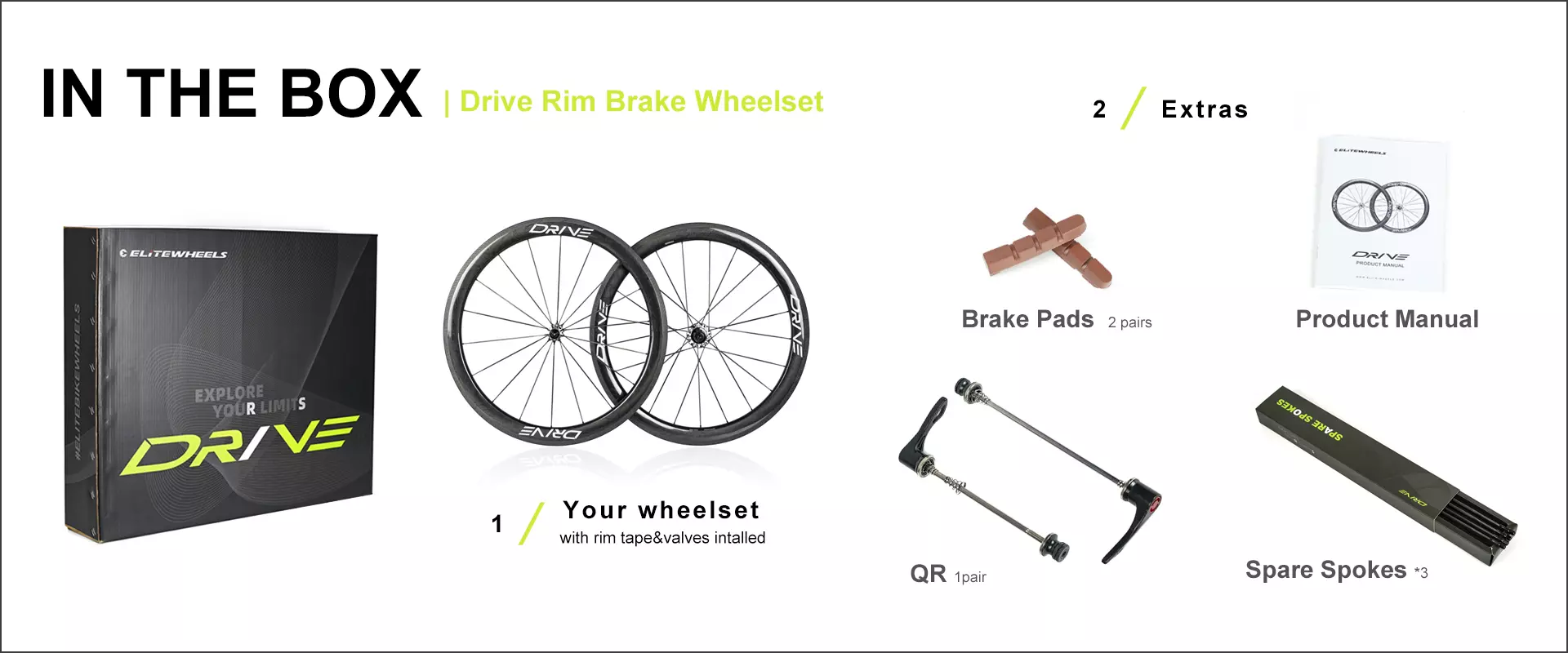
Flawless Braking Performance
- If you’re unsure about any aspect of maintaining or cleaning your rim brakes, it’s advisable to seek assistance from a professional bicycle mechanic. They can inspect, adjust, and fine-tune your brakes for optimal performance.
- Elitewheels’ rim brake Drive and Marvel wheelsets have grooved braking tracks that make braking a breeze in wet conditions. Their high temperature resin allows them to tolerate up to 250 degrees celsius, meaning they can handle hard braking on long, steep descents.



